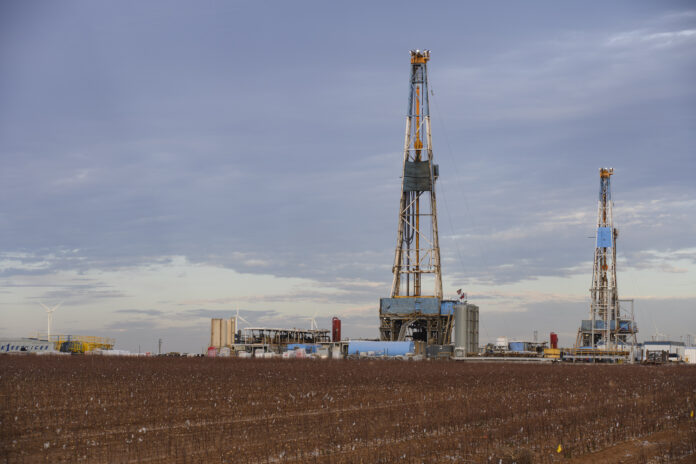
The statewide and national counts of oil and natural gas drilling rigs had been falling for some time, but the recent boom in prices and production have spurred a comeback that energy experts say bodes well.
As of Friday, Sept. 22, the Baker Hughes service company reports an eleven-rig national decrease to 630, down by 134 from this time last year, and the Permian Basin’s tally is down by five to 317 or 27 fewer than a year ago.
Texas Independent Producers & Royalty Owners President Ed Longanecker and Panhandle Producers & Royalty Owners President Judy Stark say production will keep rising.
Longanecker said from Austin that oil’s recent bump to $91.76 per barrel and natural gas’s to $2.856 per thousand cubic feet are attributable to growing geopolitical tensions, a tight global supply outlook and increasing demand.
“Recently the International Energy Agency predicted that demand will reach a record 105.7 million barrels per day in 2028, a 6 percent increase from 2022 levels,” Longanecker said from Austin. “The organization also said global upstream oil and gas investment is on track to increase 11 percent by the end of 2023 to $528 billion.
“Put simply oil and gas are not going away any time soon and the rising rig count is a leading indicator of this uptick in exploration and production activities, which will be sustained if market fundamentals continue to support it. Oil and gas demand will continue to grow, not decline, for decades to come despite the predictions of industry naysayers.”
Stark said from Amarillo that predictions are hard to make, but the U.S. rig count should recover to more than 700 by the end of 2024 because high energy prices will boost drilling.
“However, crews completing unfinished wells, which is cheaper than drilling new wells, will also have an effect on the number of new drills,” she said. “The rig count definitely brings the future of increased production, but so do uncompleted wells. Both are important to national security on many levels.”
Stark said crude oil prices will probably keep increasing through 2024 because the demand will exceed the supply.
“Higher oil prices in the last quarter of 2023 and into 2024 will be caused by moderate but persistent inventory drawdowns as global inventories drop, leading to higher gasoline prices at the pump,” she said. “Inventory drawdowns take place when the demand for a commodity is greater than the supply.”
Stark explained that OPEC’s production cuts and higher petroleum consumption will lead to an average inventory drawdown of .4 million barrels per day through the end of next year.
“All these issues, the continued war in Ukraine and the potential Chinese takeover of Taiwan could cause another ripple and additional drawdowns of inventory,” she said. “The long-term health of the industry is still good despite pushback of the current administration.”
“The American people understand that their cost of gasoline is unnecessarily caused by biased motives.”



